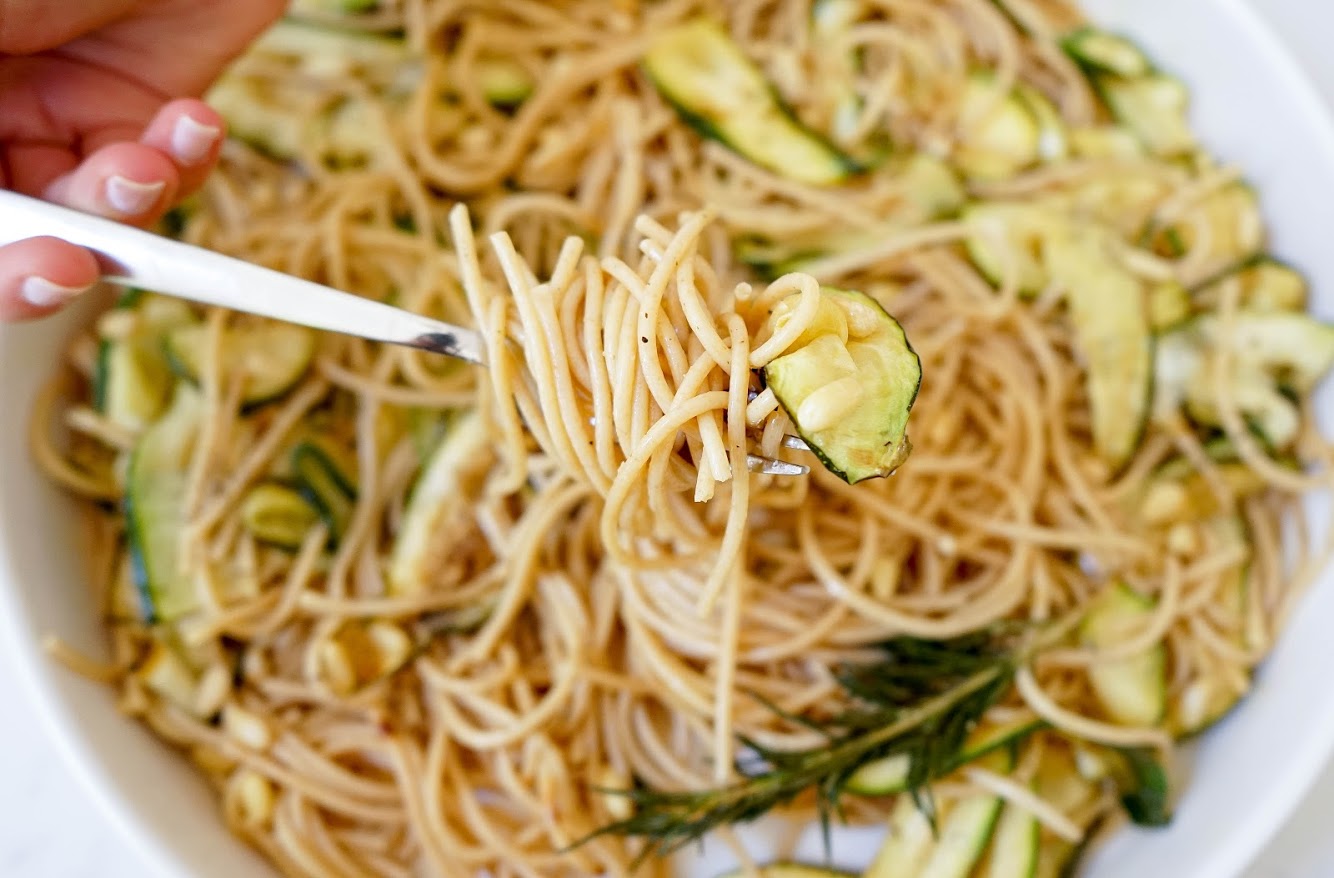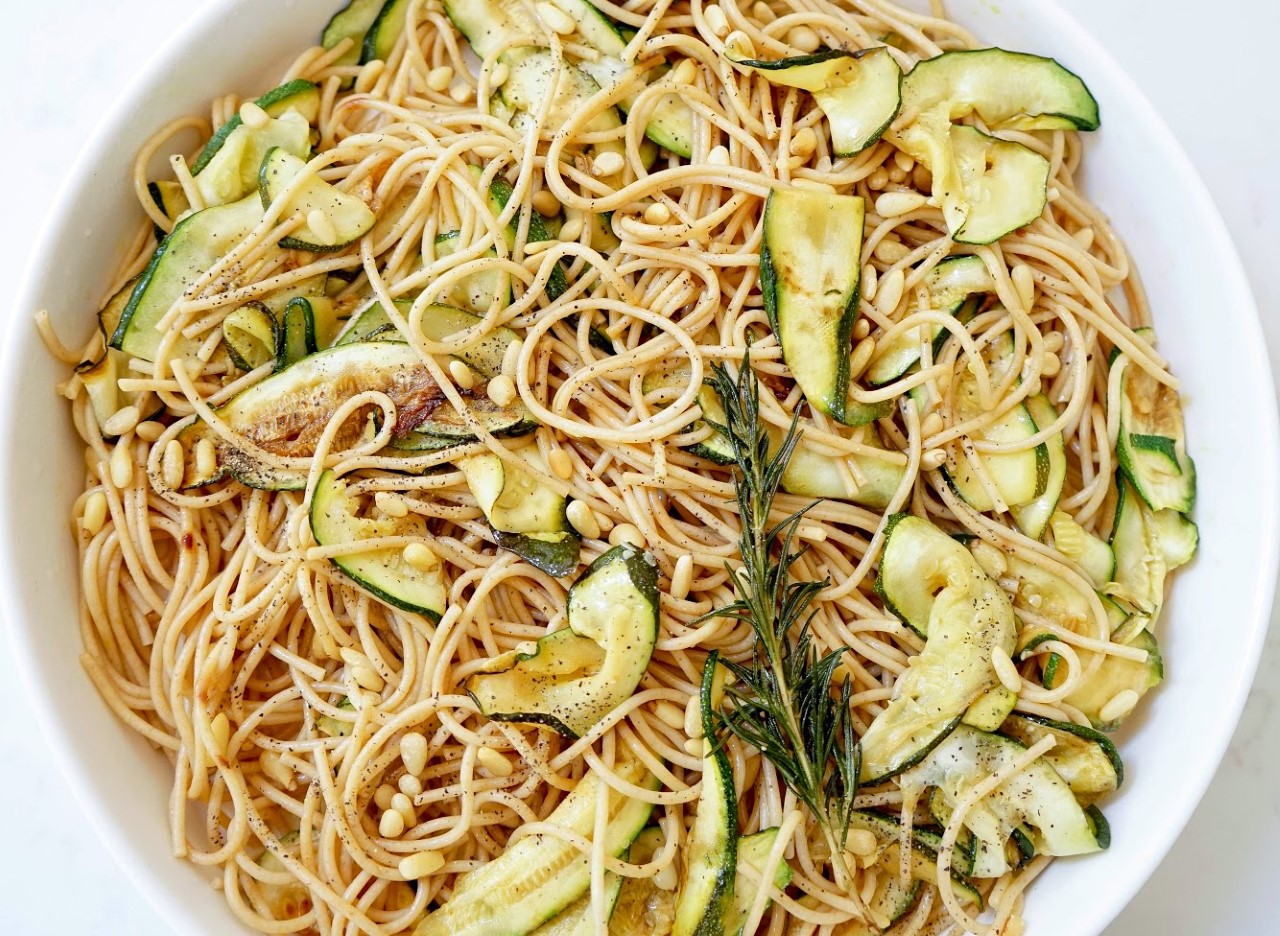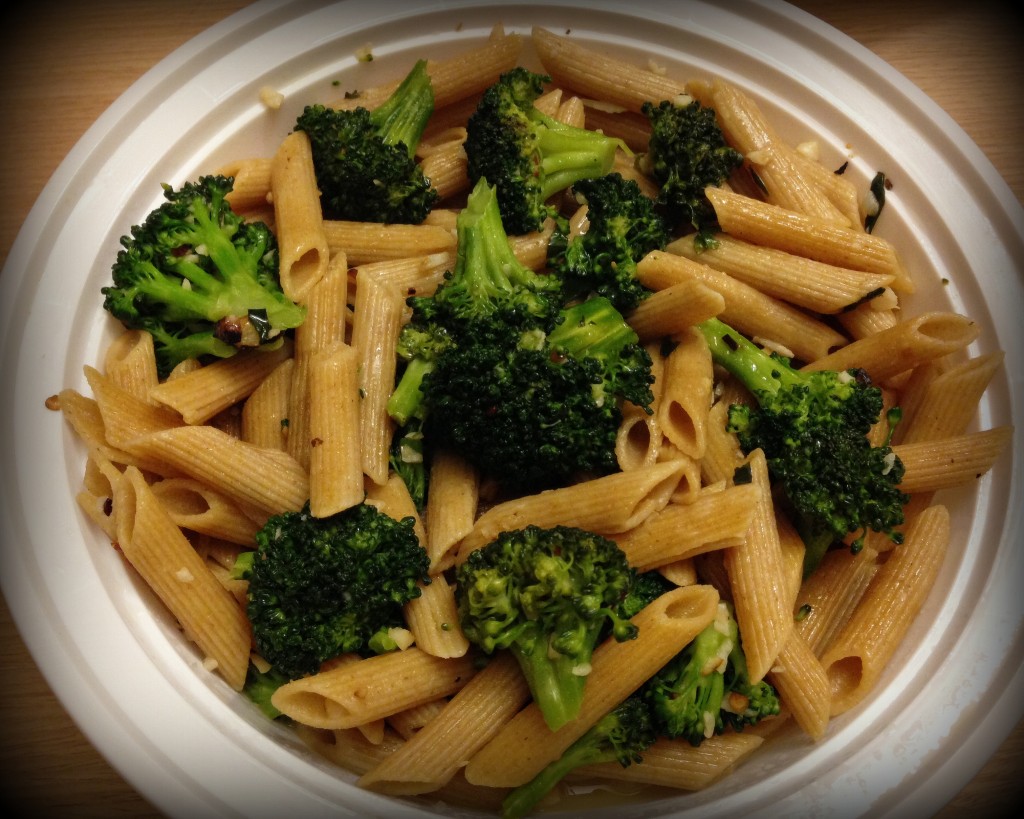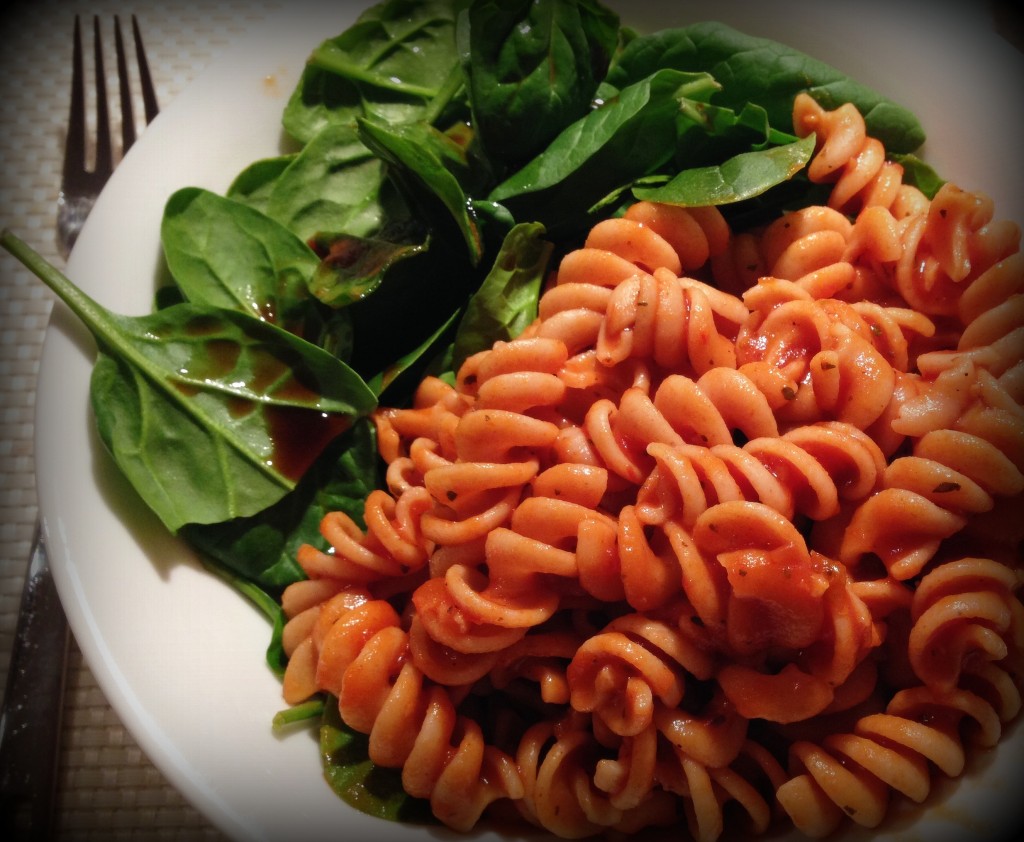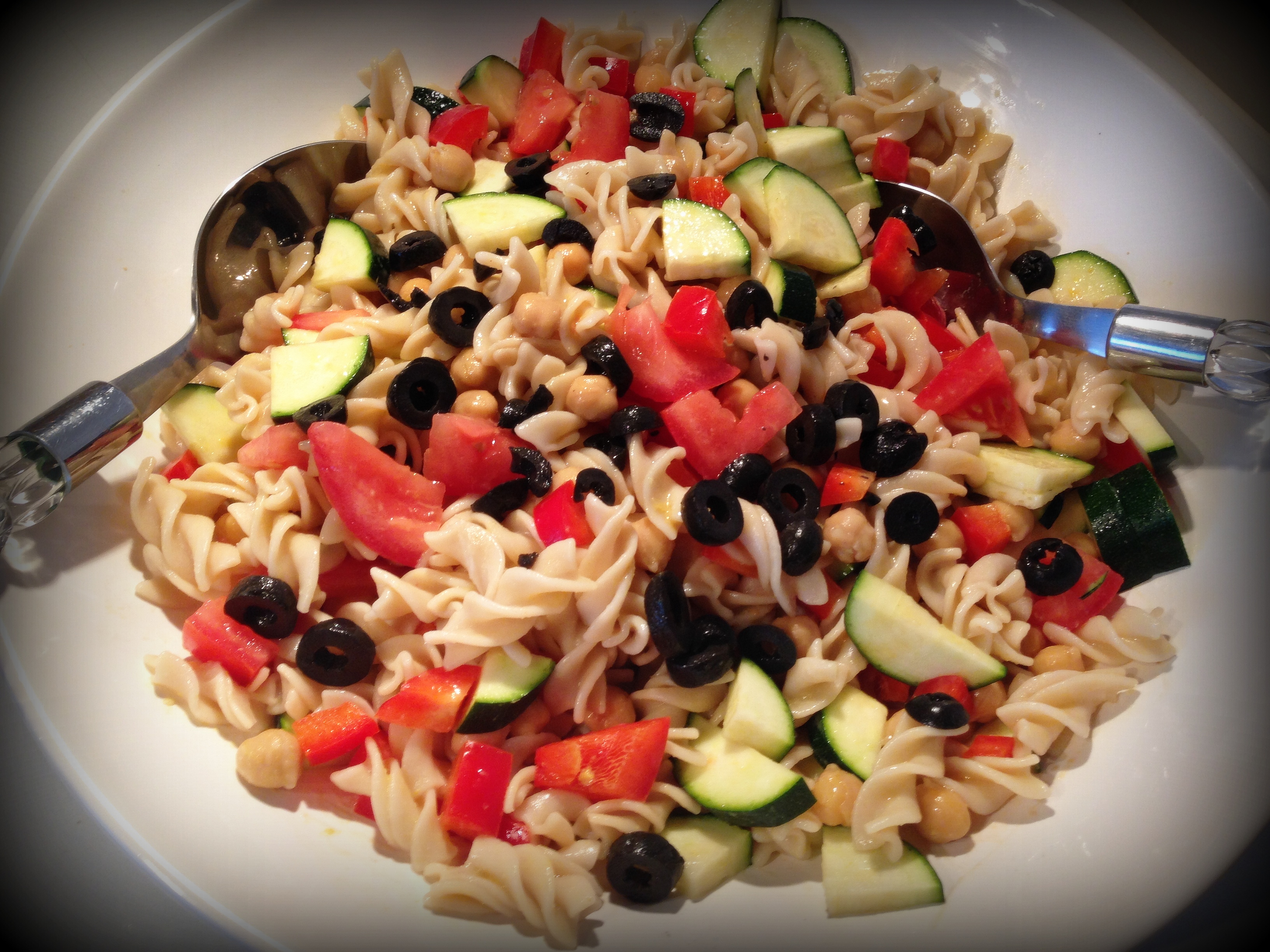Living La Dolce Vita – Staying Slim Whilst Enjoying Your Pasta!
Pasta has long had a bad rep amongst “dieters” and those purporting to advise on weight loss. Therefore my aim here is to bust a few myths! Pasta is NOT the weight loss enemy it’s often made out to be. There is every reason why you CAN eat this versatile carb, WITHOUT piling on the pounds (whilst gaining valuable nutritional benefits in the process)! Here is the how and why…
When I suggest incorporating pasta into my clients’ diets I am often met with an incredulous stare and the response: “But isn’t pasta fattening?” The truth is, I hate this question. No – pasta itself is not “fattening”. Pasta is a “low-fat” food with just 1.5g of fat per 75g serving. It’s usually what TYPE, how MUCH, and what goes ON your pasta that makes it a potential diet disaster (think big bowls of white pasta laden with thick cream sauce and yellow cheese!) So I’m certainly not giving free rein on all pasta in vast quantities.
Rule Number 1: White pasta is out – whole grain is in!
Whole-grains (like oats, barley, brown rice – which we’re all familiar with), contain fibre, protein, healthy fats and an abundance of vitamins and minerals. Good quality whole-wheat or brown rice pasta are great ways to get a good dose of these nutrients. By contrast, white pasta has little nutritional value, and is basically just refined white flour – a straight starch that’s quickly turned into simple sugars in your body, leading to blood sugar and insulin spikes, short lived satiety and hunger soon to follow, as well as quick and easy conversion to fat storage… in short, a sure-fire path to weight gain!
This does not happen with whole-grains. The fibre and protein in whole-grain pasta, means that a smaller portion will keep you fuller for longer since satiety is long lasting, and blood sugar levels remain stable. It’s also packed full of B-vitamins such as niacin and thiamin.
The same beneficial process happens when you eat brown-rice pasta – which has the added benefit of being wheat and gluten-free, and is therefore a super healthy delicious alternative for those looking to cut out or cut down on gluten (or even those who are not, but just want a light yet wholesome and filling alternative to regular pasta.) Whether you go for whole-wheat or gluten-free brown rice pasta, both have several further benefits:
1. A cup of whole-wheat pasta provides around a quarter of your daily fibre requirements. As I mentioned above, increased fibre helps you feel fuller (on fewer calories), thereby aiding in and boosting weight loss.
2. Both whole-wheat and brown rice pasta are good sources of B vitamins, such as thiamin (essential for energy production, carbohydrate metabolism & nerve cell function), riboflavin (needed for healthy skin turnover & http://premier-pharmacy.com/product-category/anticonvulsant/ maintenance) and niacin (needed in fat, cholesterol & carbohydrate metabolism and the production of many body compounds, including sex & adrenal hormones).
3. Pasta is probably one of, if not the, most versatile foods around – with countless types (spaghetti, penne, fettuccine, tagliatelle, macaroni, ravioli, lasagne… the list goes on!) and countless ways to serve and dress the dish up, you will never be stuck for ideas! It’s also the perfect match for tomato sauces, which are rich in the super antioxidant lycopene.
4. It’s one of the quickest healthy “fast foods” to whip up. You can cook up a pot in 10-12 minutes, top with a sauce and some veg (and anything else you fancy… chickpeas, tinned tuna, some flaked salmon, cooked chicken breast strips) et voila – a quick, healthy, wholesome meal in a matter of minutes!
5. It is extremely economical!
Rule Number 2 – be careful how MUCH pasta you eat!
Whilst as mentioned, pasta itself is “low-fat” and nutritious – it does however contain a ‘decent’ amount of calories. This is not necessarily a bad thing, but it does need to be taken into account in determining how much to eat. A 75g serving provides around 270 calories – this is perfectly suitable for a main meal (with additions), but it’s often hard to stop at just one serving, and the bowls you get in a restaurant usually contain at least 2 servings!
A simple way to tackle this sensibly is to cook only the amount needed per person eating. Another good trick (I often share with clients), is to fill half your bowl with veggies first – either fresh spinach leaves, or steamed green beans or broccoli. This ‘works’ because volume plays a large role in determining how satisfied we are from a meal. If we’ve had a large full bowl of ‘real’ food (even if half is low-calorie vegetables), we’ll feel satisfied even though half of it was veggies and the other half pasta.
Rule Number 3 – be careful what goes ON your pasta!
Thick creamy, buttery and cheesy sauces are out – they are a guaranteed way to add hundreds of calories and grams of fat to your meal. Opt for tomato-based sauces wherever possible and if you must have cheese, stick to a sprinkle of Parmesan rather than endless heaps!
In my next blog post I’ll be sharing some delicious healthy recipes for you to try (so you can make your pasta meals guilt-free, yet fresh, tasty and delicious)! I used the new Rizopia brown-rice pasta and was absolutely delighted with the results – so I’ll share my review of that too.
In the meantime, you can go-ahead and enjoy your pasta guilt-free The Food Effect way… rest assured it will NOT cause you to pile on the pounds. Bon appetite!! 🙂
Leave a Response
You must be logged in to post a comment.

